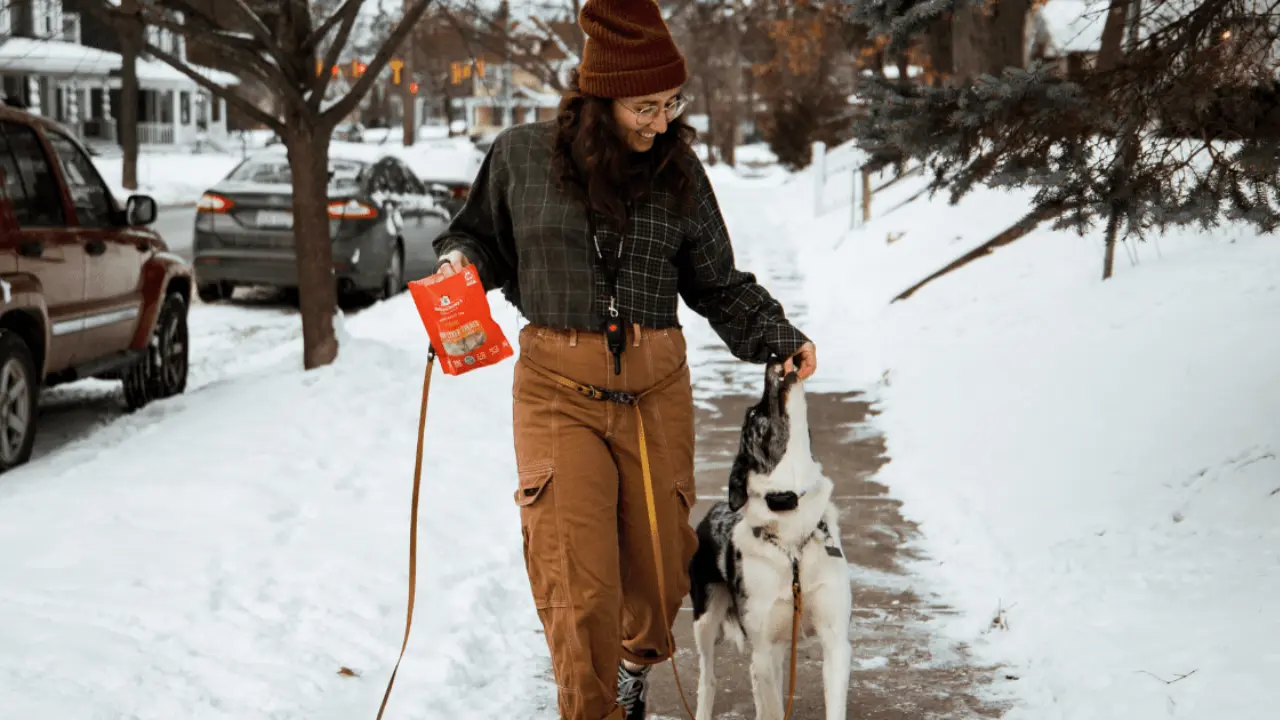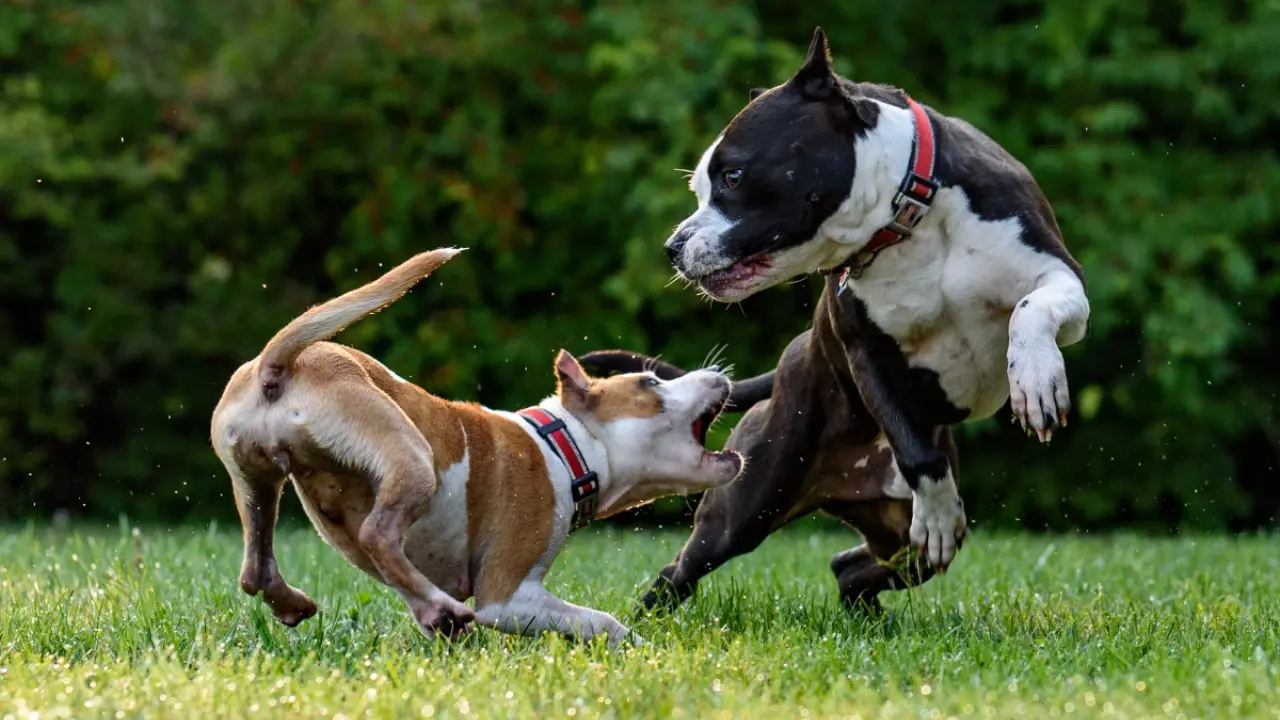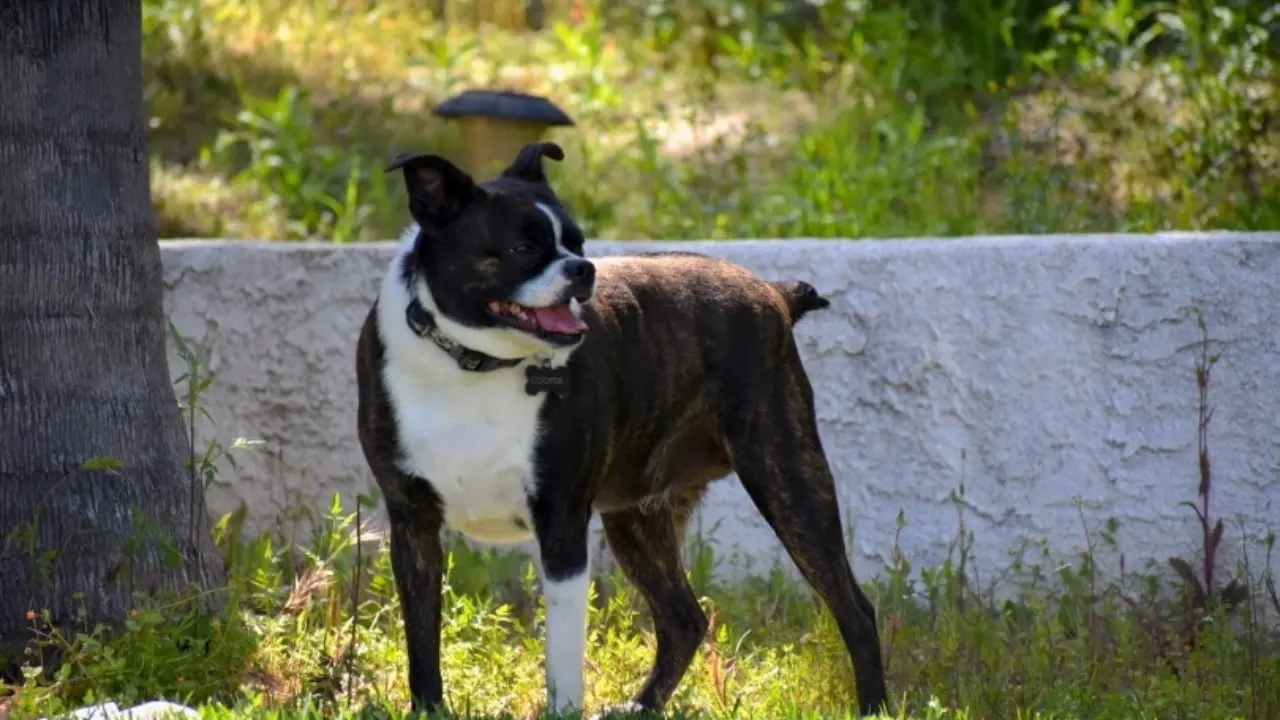As pet owners, we often wonder if taking our furry friends for a walk in the cold weather is safe. While fresh air and exercise are necessary, it’s essential to understand the potential risks and take necessary precautions to keep our pets safe and comfortable. This article will explore the impact of cold weather on pets, potential dangers, and ways to ensure their well-being during cold weather walks.
Understanding Cold Weather and Pets
Different pets have varying tolerances to cold weather:
- Dogs and Cold Weather: Some dogs are more equipped to handle cold weather than others, depending on their breed, coat type, and size.
- Cats and Cold Weather: Cats are generally more sensitive to the cold than dogs and may prefer to stay indoors during colder months.
Potential Risks of Cold Weather Walks
Taking your pets out for walks in cold weather may expose them to certain risks:
- Hypothermia: Prolonged exposure to low temperatures can lead to hypothermia in pets, causing their body temperature to drop dangerously low.
- Frostbite: Exposed skin and extremities are susceptible to frostbite, which can cause tissue damage and discomfort.
- Paw Pad Injuries: Walking on icy or snowy surfaces can result in injuries to your pet’s paw pads, such as cuts, cracks, or irritation.
Assessing Your Pet’s Tolerance to Cold
When considering cold weather walks, it’s essential to assess your pet’s individual tolerance:
- Breed and Coat Type: Some dog breeds, such as Siberian Huskies or Alaskan Malamutes, have thick double coats that provide excellent insulation. Other breeds with shorter coats may be more sensitive to the cold.
- Age and Health Condition: Puppies, senior pets, and those with underlying health conditions may have more difficulty regulating their body temperature and may be more susceptible to the cold.
- Individual Preferences: Observe your pet’s behavior in cold weather. Some may show discomfort or seek warmth, while others may tolerate it.
Preparing for Cold Weather Walks
If you decide to take your furry friend for a walk in cold weather, take the following precautions:
- Appropriate Outerwear: Consider investing in a well-fitted pet coat or sweater to provide extra warmth, especially for short-haired breeds or those with low tolerance to the cold.
- Paw Protection: Use pet-safe paw balms, or consider using booties to protect your pet’s paws from cold surfaces, ice, and chemicals like salt or de-icers.
- Adjusting Walk Duration and Intensity: Shorten the duration of walks and choose less intense activities to prevent your pet from getting too cold or exhausted.
Signs of Cold-Related Discomfort or Distress
During cold weather walks, be attentive to signs that your pet may be experiencing discomfort or distress:
- Shivering and Whining: Persistent shivering, whining, or seeking shelter may indicate that your pet is too cold and needs to be brought indoors.
- Limping or Slowed Movement: If your pet starts crawling or moving more slowly, it could be a sign of paw pad injuries, frostbite, or extreme discomfort.
- Excessive Licking or Paw Chewing: Your pet may excessively lick or chew their paws to alleviate discomfort caused by the cold or irritation from salt or ice-melting chemicals.
Alternative Exercise Options for Cold Weather
If it’s too cold for outdoor walks, consider these alternative exercise options:
- Indoor Play and Enrichment: Engage your pet in interactive play sessions indoors with toys, tunnels, or puzzle feeders to provide mental and physical stimulation.
- Mental Stimulation Activities: Teach your pet new tricks, practice obedience training, or introduce scent games to keep them mentally active and entertained.
Conclusion
While outdoor walks are beneficial, it’s crucial to prioritize your pet’s safety and well-being in cold weather. Assess your pet’s tolerance, provide appropriate outerwear and paw protection, and be aware of signs of discomfort or distress. Consider alternative exercise options when outdoor walks are not feasible.





